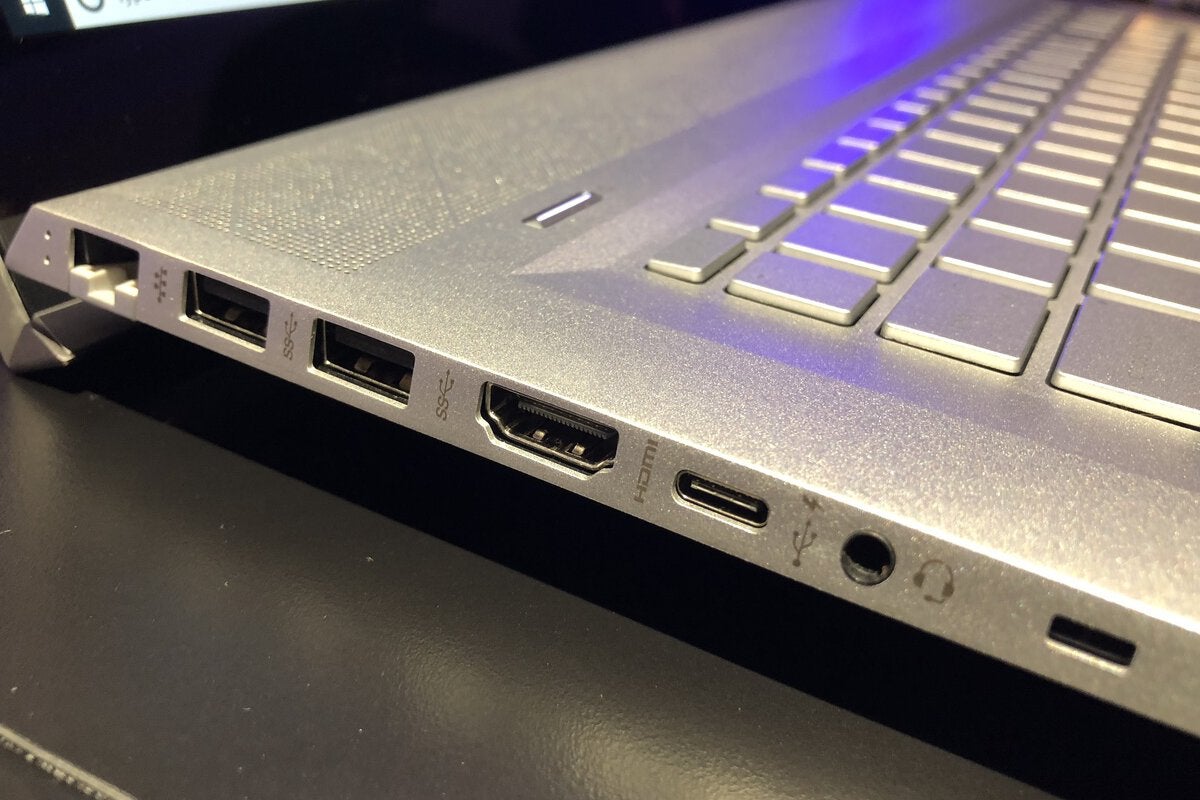
Disclosure: Most of the vendors mentioned are clients of the author.
This last week was surprisingly busy, given that most of us are locked in our homes, trying to recall what normal is like. Microsoft announced significant changes with its Chromium Edge browser that significantly addressed the problems we focused on before the pandemic, and both Intel and AMD drove laptop refreshes.
Still, those designs originated from conditions that existed before the Pandemic, not the world that now exists.
So let’s talk about where I think the next security focus for browsers will be and what laptops post COVID-19 may begin to look like this week.
Browser user protection
The Chromium-based Edge browser is a wonder in that it combines the core code from Google with the unique user-oriented features from Microsoft. It is my Go-To browser, and these updates include better password management (including Dark Web alerting) and far more aggressive privacy features eliminating tracking and history when needed. They also include a whole host of productivity features like preserving formatting with copy and past and vastly improved favorites management.
All of those things are still important. But with the COVID-19 outbreak, another more substantial threat has become far more problematic: false information.
Atlas VPN research just released a study showing there has been a whopping 1,900% increase in scam websites from February to March – and as of April 2, 35,500 websites were pushing false information and products. According to VPN Research, Interpol is reporting that people in Europe have been scammed out of $2 million, with individual losses as much as $100,000 each. And this is still just the start.
So I expect that the next version of Microsoft Edge Chromium will have a feature that helps users identify scam sites and fake news, much as Microsoft addressed the threats from last year with the current release.
Laptop evolution
The way we worked with laptops before the outbreak is that they generally went to highly mobile people; thus, the emphasis was on size, weight, and battery life, not performance or large screen size. The most common size was, and is, 13 inches, which is great for portability but not that great for productivity. Now, while road warriors won’t go away, the demand is for a product that gives you a home office with full functionality, that can help you work where you need to be, whether that be in the living room or kitchen while you watch your kids.
Performance becomes more critical because you’ll probably not only be doing more creative work; you are also going to want to unwind (with games) – making performance, screen size, and productivity more important than portability. I’m going back and forth on battery life because, while that may not be critical in the living room or kitchen, it could be necessary on the patio and to avoid cord trip hazards.
As I was thinking on this, HP sent over an HP Envy 17; I think it is an ideal configuration for those working from home than a 13-in. laptop. It has a 17-in. screen, the 10th Generation Intel Core i7 processor, an NVIDIA GeForce MX330 discrete graphics system, Wi-Fi 6, 124GB of memory, and a 512GB drive. It does weigh 6 pounds, and the four-cell battery will only give you a few hours of battery life. But that is adequate when you are mostly stationary and are rarely away from a plug. (It also appears to have decent Bang & Olufsen speakers in case you want to drown out the kids.)
Given the current-use model, this design makes more sense to me – though for a future product, I’d want a higher NIT screen so it would work outside better and some cosmetic changes that might make it easier to disinfect.
I also wonder whether the market would now accept a 21-in. product, given the changed usage model. For this kind of work-at-home model, a larger screen, more power, and a more easily cleaned format will – if this pandemic goes on for months – become a much more viable option.
Wrapping up
We are going to see a lot of changes as a result of COVID-19. I’ve focused on two in terms of browser security focus and laptop design. We are working very differently, and until an anti-virus exists, most of us will likely still be working from home, avoiding travel, and keeping away from significant events. I doubt CES 2021 will happen because we aren’t expected to have an anti-virus until at least next February.
The related behavior changes also suggest that if you are buying a new laptop, you may want to adjust your priorities to take into account your current needs and not buy based on what they might have been the standard before the outbreak. Consider something more substantial, with more performance over smaller designs because the size of the display does matter, and productivity, not portability, is what pays your bills.


